In 1964, the Škoda 1000 MB marked a significant turn in the car manufacturer's history. This car, which succeeded the Octavia, was the first from the Czech manufacturer with a rear engine and a self-supporting body. This not only symbolized a technological turnaround, but also stood for Škoda's ambition to innovate and renew. A new era was ushered in at the Mlada Boleslav factory with the production of this progressive sedan.
The brief but promising Škoda range in 1964
Looking back at the Škoda range from 1964, a lot clearer than now, the renewed impetus of the brand became clear with the launch of the 1000 MB. This car, produced in a new, state-of-the-art factory in Mlada Boleslav with forty halls and its own steel smelter, showed Škoda's independent and innovative spirit.
Škoda's first: cast aluminum engine block
The Škoda 1000 MB stood out for its distinctive design, from the round shapes to the panoramic rear window. A technical first was the use of a cast aluminum engine block, a novelty that shortened production time. Despite initial problems with cooling and material cracks, Škoda managed to overcome these challenges.
Various engine variants for every need
The Škoda 1000 MB debuted with a 988 cc engine that delivered 27 kW (35 DIN HP) and reached a top speed of 120 km/h. Škoda later expanded the engine range with more powerful options, including the 1000 MBG De Luxe and the MBX coupe, which could deliver up to 45 DIN HP thanks to improved carburettors and engine dimensions.
Design of the Škoda 1000 MB focused on space efficiency and driving behavior
The unique placement of the engine provided a spacious interior, but also introduced tail stiffness. Škoda tackled this with a smart suspension and coil springs. Innovations such as a separate space for the spare wheel and a clever layout of the luggage compartment showed Škoda's commitment to practical solutions.
Smart interior solutions from the Škoda 1000 MB
The interior of the Škoda 1000 MB was equally innovative, with a focus on safety and versatility. Adjustable seats and a flexible rear seat made the 1000 MB a practical choice for families and travelers. Škoda's smart design philosophy was also visible here, with an emphasis on comfort and functionality.
Positive receptiont and competitiveness
In its time, the Škoda 1000 MB was seen as a modern and reliable car, partly thanks to its strong construction and efficient switching. The car was competitively priced and competed successfully in the Dutch market against well-known brands such as VW, Renault and Fiat. With almost half a million units produced, including the highly sought-after MBX versions, the 1000 MB has left a lasting impression on automotive history.
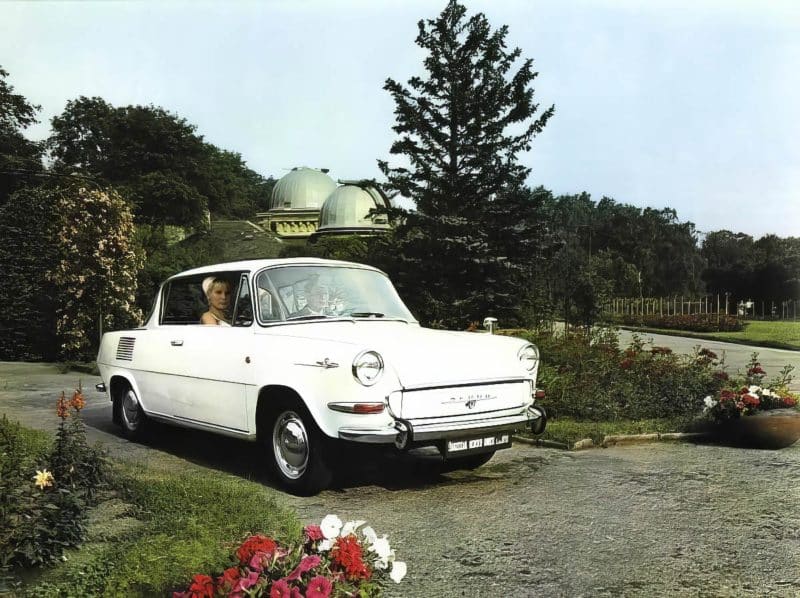
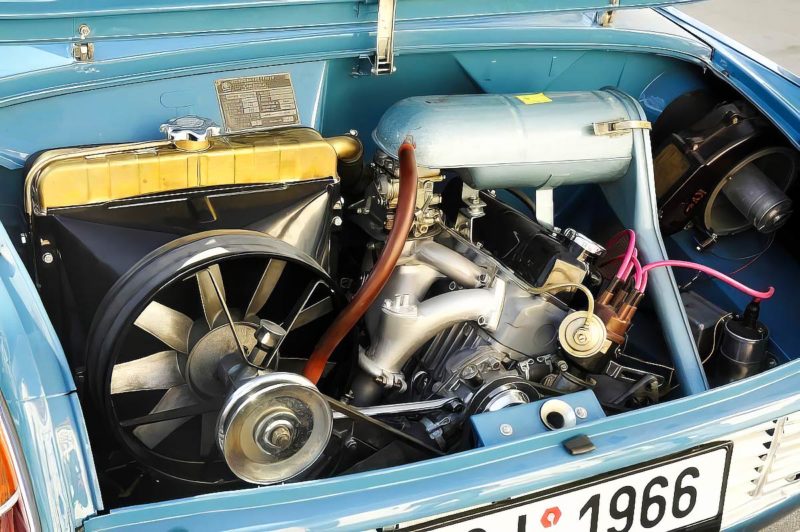




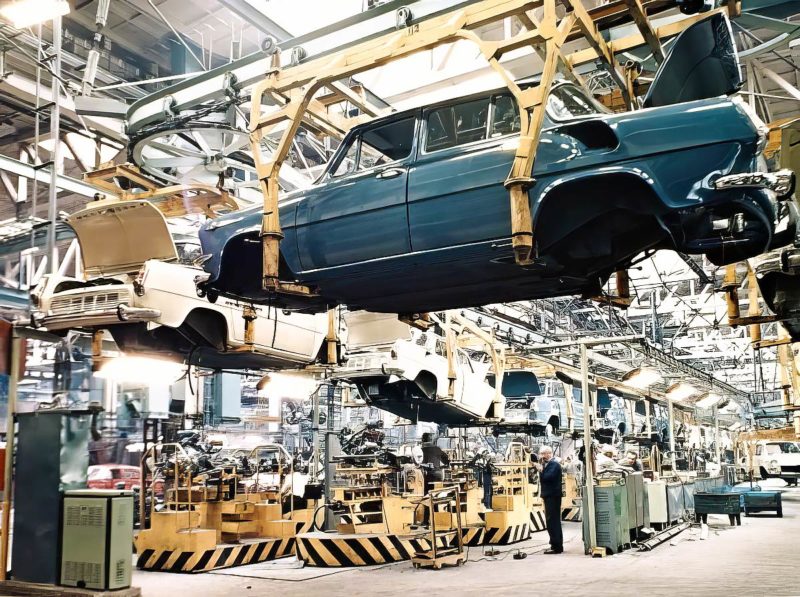
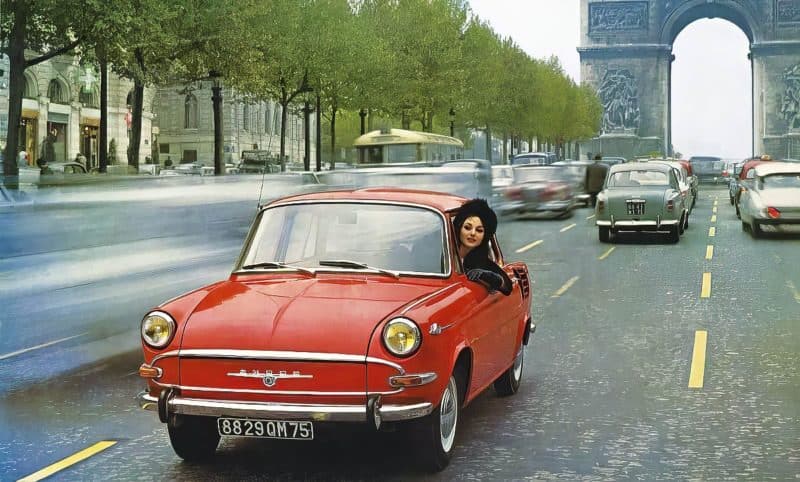

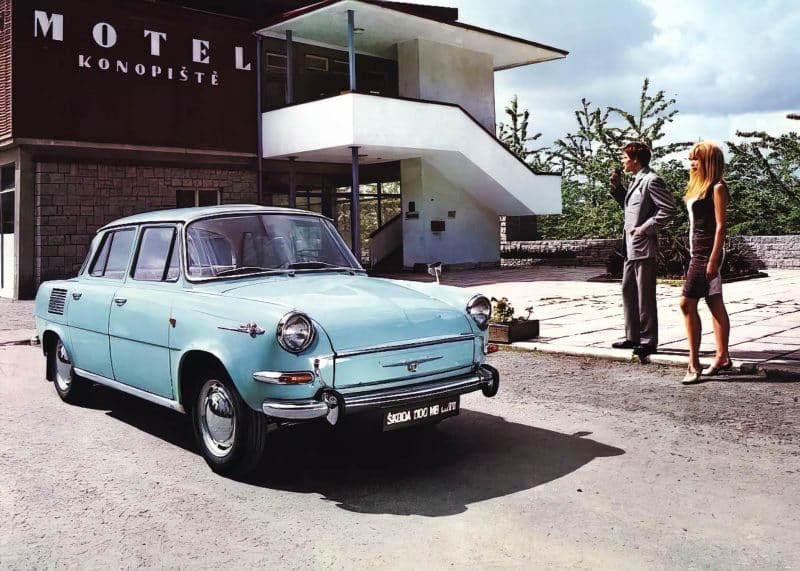

Strange conclusion that Skoda started innovating with the MB1000 in 1964. In my opinion, innovation was actually made difficult (Skoda itself could not do much about it, it was more due to the Eastern Bloc policy and that policy also affected other Eastern European manufacturers). As a result, Skoda fell further behind in the 60s and only came back into the picture when it started making “simple clever” (read: price-conscious) cars for VAG. In my opinion, that was quite successful and a current Skoda is not a bad choice if you are looking for the smartest daughter of mother VAG 😉
My father had a front-engine Skoda 1102.
Ws. from 1949. His garage first sold DKW and later Skoda. When his DKW 1000 S and then the F102 came to an end, he did not want such an "unsafe" Skoda with the rear engine.
It became a second-hand Saab 99 since the intended Wartburg was no longer sold in the Netherlands in 1973 due to the polluting two-stroke.
But today the Skoda is a fantastic car!
Are you talking about innovation? Skoda only adopted the cheap rear-engine construction when it was already seen as outdated by Western manufacturers. “Skoda” which translated means something like “Too bad”. (Czech humor because people bought the Popular when they actually wanted the new Opel Olympia.) They could have continued embroidering on the Octavia.
35 din-Hp! My 100 hp Dacia looks at me somewhat pityingly, how do you get into the wind?
Times have changed.
I always explain it like this:
Those old classic PKs are still based on the power of sturdy draft horses (tubers PKs) from a bygone era. The new KWs are derived from frisky luxury horses (dressage PKs). That's why you can easily get up the mountain and into the wind with a classic 30 hp car.
(😹 just kidding of course, because indeed: times change).
Can that very annoying banner disappear from the bottom of the screen?
I have a subscription…
There is a cross on the far right, just click on it.